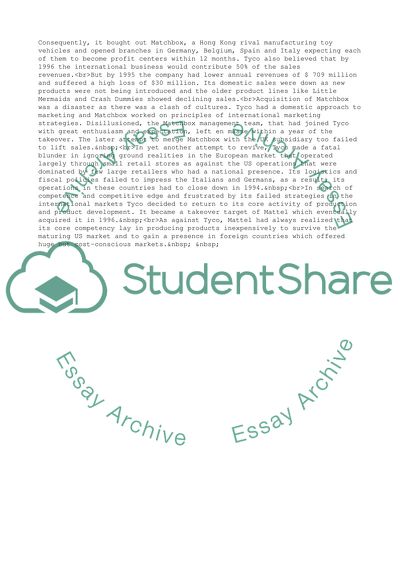Cite this document
(International Management Strategy of Mattel & Tyco Essay, n.d.)
International Management Strategy of Mattel & Tyco Essay. Retrieved from https://studentshare.org/management/1712350-international-management-strategy
International Management Strategy of Mattel & Tyco Essay. Retrieved from https://studentshare.org/management/1712350-international-management-strategy
(International Management Strategy of Mattel & Tyco Essay)
International Management Strategy of Mattel & Tyco Essay. https://studentshare.org/management/1712350-international-management-strategy.
International Management Strategy of Mattel & Tyco Essay. https://studentshare.org/management/1712350-international-management-strategy.
“International Management Strategy of Mattel & Tyco Essay”, n.d. https://studentshare.org/management/1712350-international-management-strategy.


